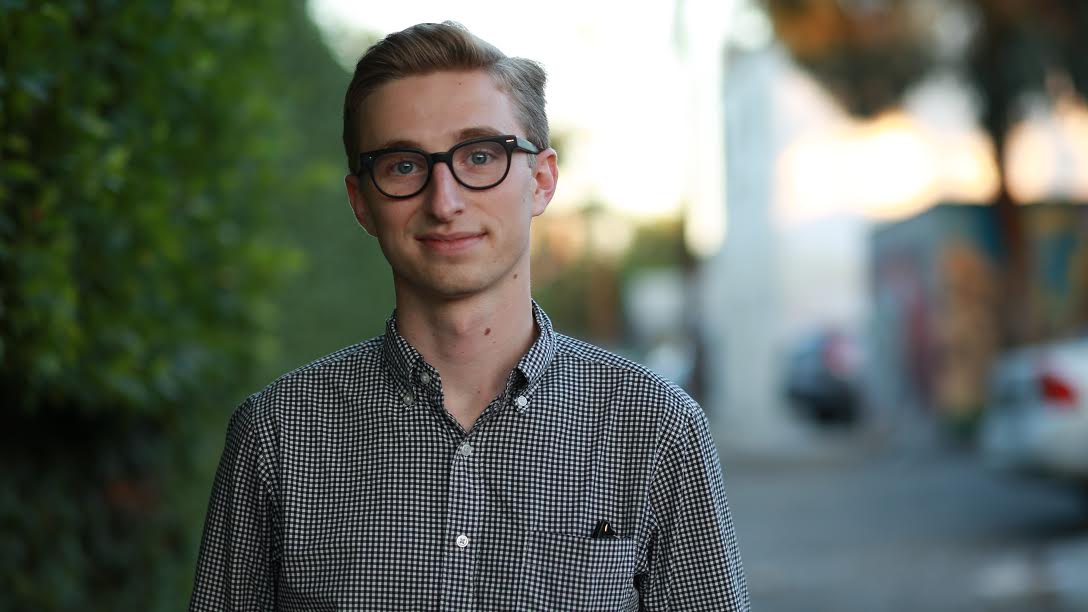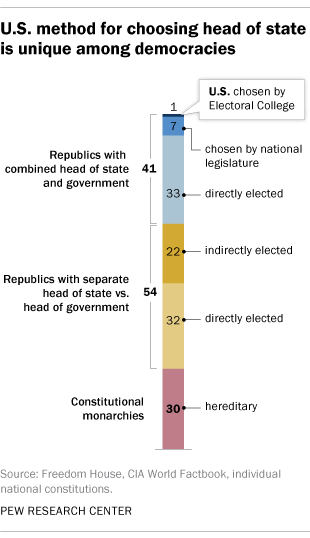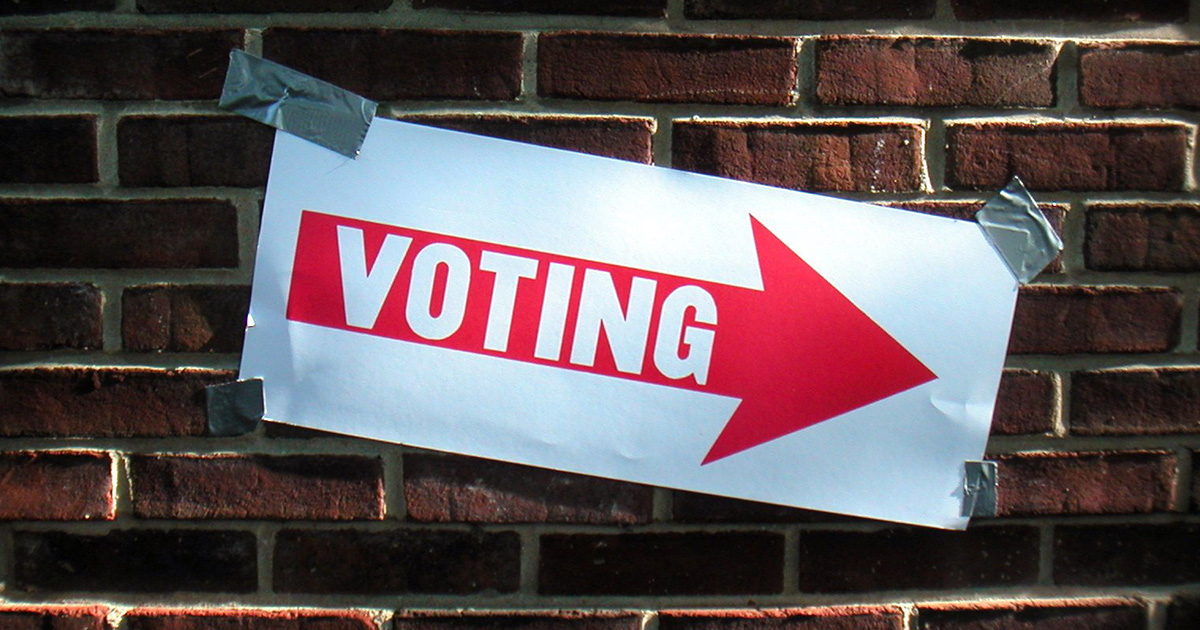How Other Democracies Work Around the World

By:
Former Secretary of State Hillary Clinton received about 1.7 million more popular votes than President-elect Donald Trump during the election, which has, again, called attention to America's one-of-a-kind electoral process. The Pew Research Center released a report Tuesday showing just how unique the country's democratic system is in comparison to the rest of the world.
 Pew Research Center - pewresearch.org
Pew Research Center - pewresearch.org
America is the only republic that elects a combined head of state (typically a president) and head of government (a leader who plays a direct role in governance) through a body of "electors," who comprise what is known as the Electoral College. The semi-proportional electoral process is part of an indirect, representative system that is unlike most other electoral democracies.
Pew reported that only six countries — Botswana, the Federated States of Micronesia, the Marshall Islands, Nauru and South Africa — indirectly elect heads of state and government in an American fashion.
Here's how electoral democracies function around the world:
 Flickr/Keith Ivey - flickr.com
Flickr/Keith Ivey - flickr.com
1. First-past-the-post (FPTP) voting
This system elects heads of state based on which candidate received a plurality of votes. In an election, voters select their preferred candidate and the one who earns the most votes wins. One effect of this electoral system is that it tends to "reinforce the two-party system" and "produce stable single-party majorities in legislature," according to a report from Mount Holyoke College. The United Kingdom and Canada operate under this system.
2. Two-round system
The only qualitative difference between a FPTP system and a two-round system is that it avoids the issue of electing candidates based on a plurality. All candidates are listed on a ballot and if no candidate receives a majority (51 percent of the vote), then the two candidates who received the most votes enter a runoff election, ensuring a majority. France and Monaco use this system for their legislative elections.
3. Alternative vote
Another slight twist on the FPTP system, an alternative vote (also known as instant runoff voting) allows voters to rank their choices for office seekers according to their preference. The voters for the first preference candidate are counted, and if that candidate doesn't receive a majority, then the lowest-preference candidate is eliminated, and their votes are redistributed to the second choice candidate. The votes are then recounted, and the process is repeated until a candidate earns a majority. Australia uses this system for parliamentary elections in the lower house.
4. Party list voting
The most common proportional representative election system, party list voting, involves selecting parties, which lists candidates for open offices on ballots, and assigning seats proportionally based on the number of votes each party received. For example, let's assume that candidates from the Democratic, Republican, Libertarian and Green party are on the ballot to fill 12 seats. If each party receives an equal share of votes (25 percent), four candidates from each party would fill those seats.
"It remains the system used in most European democracies and in many newly democratized countries, including South Africa," Mount Holyoke College explained.
5. Cumulative voting
Cumulative voting is a semi-proportional election system that grants voters with a vote for each seat up for election. They're allowed to cast all of their votes for one candidate, or distribute them across the ballot, per their preference. At the end of the election, the candidate with the most votes wins. This system is used to elect lawmakers in Alabama and parts of Texas.
